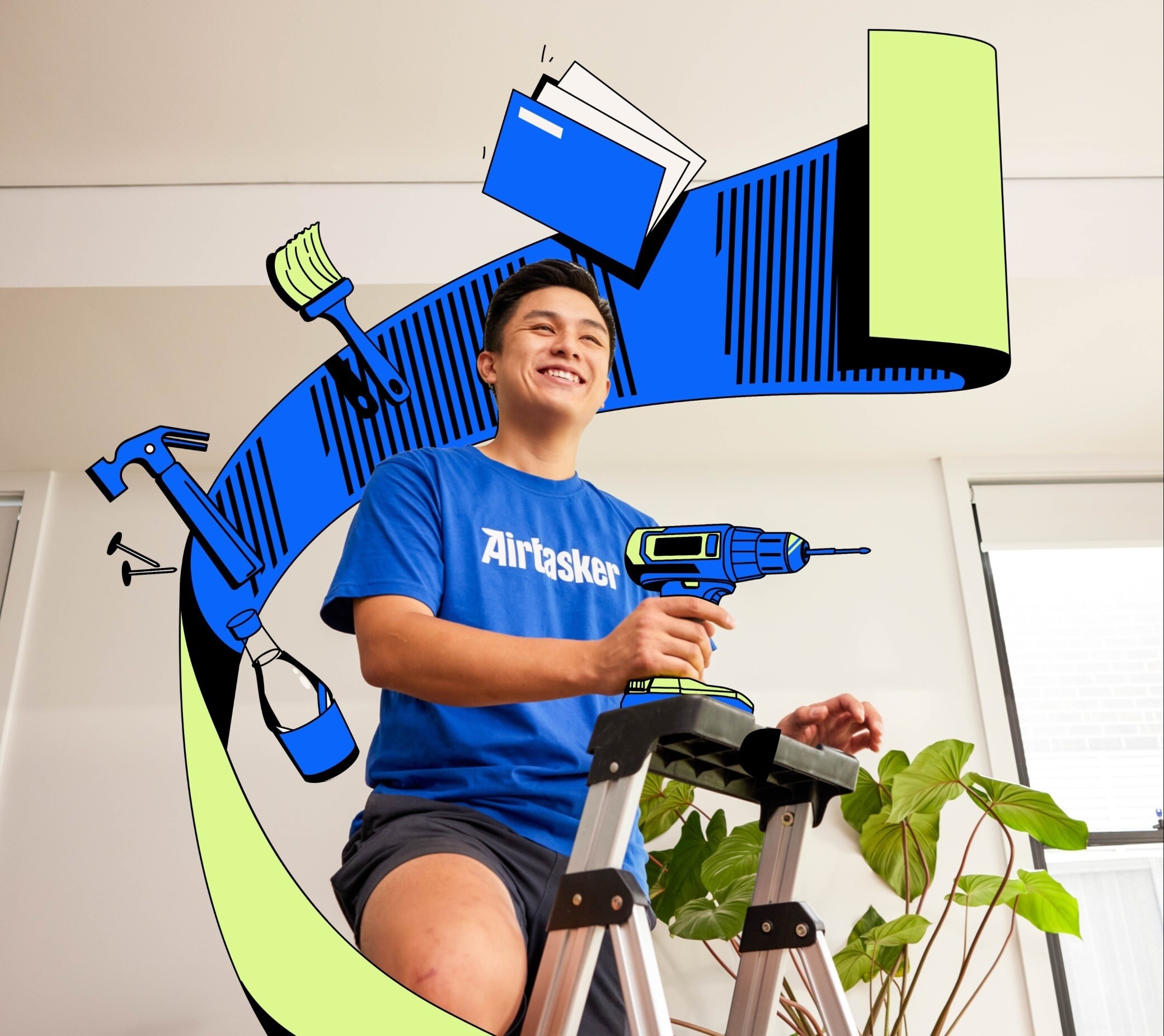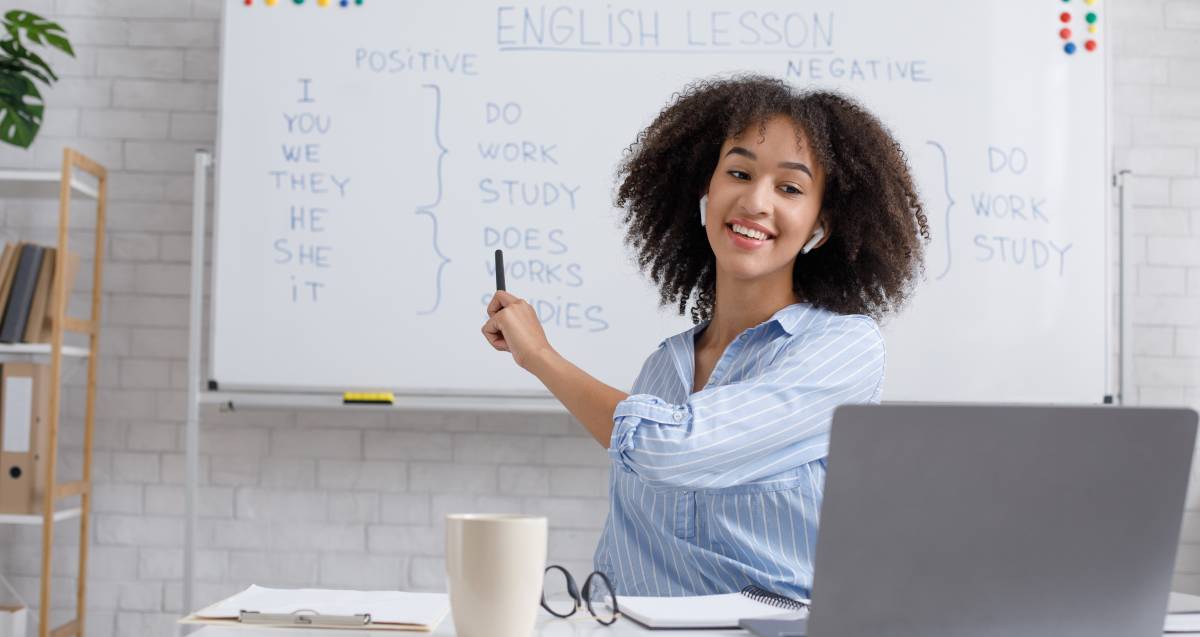
- Home/
- Comparisons/
- Tutoring/
- Tutor vs Teacher
Tutor vs teacher: Which one do you really need?
Understanding the key differences between tutors and teachers.
Last Updated on

Written by Daniel H.
Contributor
Read more about our contributor
Key Facts
- A tutor is a professional who offers individualized, one-on-one support to reinforce classroom learning and build specific academic skills.
A teacher is an educator who provides structured and curriculum-based instruction to larger groups in a formal classroom setting.
Are you ready to invest in additional learning support, either for your child or yourself, but unsure whether a tutor vs teacher would be best? We understand why this is a big dilemma, as the right guidance can bring lasting skills and improvement to any learner.
So, in this comparison, we’ll explore the unique strengths of each role. We’ll also give you insights into which option offers the most effective, personalized support for your needs. By the end, you’ll be able to make an informed decision with confidence.
What is a tutor?
 A private tutor helping a teenage boy with his studies. (Source: iStock)
A private tutor helping a teenage boy with his studies. (Source: iStock)
A tutor is a professional who provides tailored, one-on-one teaching or small-group tutoring to help students build academic skills and confidence. Unlike classroom teachers, tutors focus on each student’s specific learning needs, which hone in on areas needing improvement or deeper understanding. Tutors often work in flexible environments, whether through online tutoring, in homes, libraries, or dedicated tutoring centers.
One of the core roles and responsibilities of a tutor is to reinforce classroom learning. Tutors help students address challenging topics, fill in knowledge gaps, and refine study skills.
Many tutors specialize in specific subjects. They also offer expertise without always needing formal teaching credentials, though experience in their subject area is highly valued. Depending on their expertise, tutors may focus on various subjects, from academic topics to specific interests, such as dance lessons or art.
What is a teacher?
 A diverse group of students listening to their teacher. (Source: iStock)
A diverse group of students listening to their teacher. (Source: iStock)
A teacher is an educator who guides students through structured lessons within a larger group, often in a classroom setting. They follow a standardized curriculum which ensures that students meet essential educational goals across various subjects. With formal training and certifications, teachers bring both expertise and a commitment to nurturing a supportive learning environment.
The roles and responsibilities of a teacher go beyond delivering academic content. Teachers manage classroom dynamics, adapt teaching methods to diverse learning needs, and promote respectful, productive interactions among students.
They’re also responsible for assessing student progress through tests, assignments, and grades. This provides valuable feedback to help students improve and prepare for state or national exams.
In addition to academics, teachers play a key role in developing students’ social and emotional skills. They encourage self-discipline, teamwork, and responsibility. By building these holistic skills, teachers shape students into well-rounded individuals ready to engage thoughtfully in the world.
Teacher vs tutor: What are their key differences?
Choosing between a tutor and a teacher might seem straightforward, but each role offers unique benefits and caters to different needs. Here’s the difference between teaching and tutoring so you can select the right support based on factors like learning style, academic goals, and the kind of guidance needed.
In terms of class size
 A happy and engaged teacher with her studetns. (Source: iStock)
A happy and engaged teacher with her studetns. (Source: iStock)
Private tutors usually work with one or a few students at a time, so instruction is highly personalized. This small setting allows tutors to focus on each student’s unique learning pace. They can address specific challenges with immediate feedback and targeted guidance.
Tutors often meet students in flexible environments, like online or at home. They adapt their approach to best suit the student’s comfort and learning style.
In contrast, teachers lead larger groups, often with 20–30 students or more, which requires a more templated approach. Managing a classroom means balancing instruction with discipline, which can limit the time teachers can devote to each student. With larger class sizes, teachers follow a structured curriculum aimed at benefiting the entire class rather than tailoring lessons to each student’s specific needs.
In terms of curriculum
A tutor tailors lessons to the student’s unique needs, offering flexibility to address challenging areas or prepare for tests.
Unlike a teacher, a tutor isn’t bound by a standard curriculum, which allows them to adapt topics and pacing. This is very helpful in subjects like Science, English, Math, and other targeted subject tutoring. Tutors can shift their focus entirely to a student’s weaknesses by using creative methods to make complex concepts easier to grasp.
A teacher follows a set curriculum mandated by the school or educational board, which ensures that all required topics are covered in sequence. With large class sizes, teachers have less flexibility and must balance instructional time to meet the academic standards set for the entire group. This structure ensures that students meet specific learning goals, but doesn’t allow the same level of customization a tutor can provide.
In terms of teaching methods
 A happy moment between a private tutor and student. (Source: iStock)
A happy moment between a private tutor and student. (Source: iStock)
Tutors offer highly personalized instructions, using flexible techniques tailored to the student's pace. They may incorporate various resources like digital tools or interactive activities to make lessons engaging and effective.
Although unusual, you can also enroll in a tutor group, meaning you receive the same curated lessons as a few other people. This is helpful for tackling problem-solving, building confidence, and collaboration.
Teachers use broader methods meant for diverse classroom needs, often using lectures, group discussions, or visual aids to reach as many students as possible. Their approach is structured and guided by a set curriculum and systematic lesson plans to cover all required material. While they balance whole-class instruction with smaller group activities, time constraints limit the level of individualization possible compared to a tutoring setup.
In terms of learning goals and objectives
Tutors focus on learning goals tailored to each student’s specific needs, like mastering challenging topics or prepping for a specific exam. Unlike a classroom setting, tutoring goals can adapt as the student progresses, which allows tutors to revisit and refine objectives to ensure steady improvement.
With an emphasis on developing soft skills like time management and self-motivation, tutors aim to build problem-solving abilities and foster academic independence. They also align lessons closely with the students’ current challenges rather than strictly following grade-level standards.
Teachers work within learning goals set by educational institutions, aiming for broad, curriculum-based competencies that align with grade-level expectations. Their objectives cover a wide range of topics and skills, to ensure all students meet foundational benchmarks necessary for future grades or testing.
In the classroom, learning goals are set for collective progress. They address the educational standards for the entire class rather than personalizing them based on each student’s unique academic journey.
In terms of scheduling and availability
 A tutor provides one-on-one help to a child. (Source: iStock)
A tutor provides one-on-one help to a child. (Source: iStock)
Tutors can accommodate flexible schedules. They can schedule meetings during evenings, weekends, or through online sessions.
They adjust to the student’s availability by fitting sessions around extracurricular activities and family commitments. Tutors can even intensify sessions during critical times, like exams.
Teachers, however, operate within strict school hours and set timetables. This limits availability to the school day and occasional office hours.
Scheduling is structured and less adaptable, with specific class times allotted weekly for each subject. While teachers may offer limited extra help, such as after-school sessions, their time is shared across many students, which reduces opportunities for one-on-one support.
In terms of cost
Tutoring typically ranges from $20 to $87 per hour, with rates depending on the tutor’s experience, subject specialization, and location. Subjects like Maths tutoring and piano lessons often have higher fees, especially when a specialised skill or exam prep is involved.
Private tutors are a more significant investment due to the one-on-one attention they offer. Costs can add up if frequent sessions are needed, though online tutoring can reduce expenses by eliminating travel fees and offering competitive pricing.
Teachers within schools provide instruction at no direct cost to individual students, as they’re salaried employees whose costs are built into tuition or public education funding. They typically earn around $43,000 to $79,000 per year, which comes to around $21 to $40 per hour.
This cost structure makes classroom learning an economical choice for mass education, with private schools charging fees that remain relatively standardized across students, unlike the fluctuating rates in personalized tutoring.
Get personalized tutoring or teaching on Airtasker
When it comes to boosting learning, choosing the right support between a tutor and a teacher can make a significant difference. The right fit provides focused guidance tailored to either individual needs or structured growth, which ensures lasting skills and confidence.
If you're ready for expert help, Airtasker can connect you with the perfect professional, whether you need academic tutoring or specialized lessons. Post a task today and connect with the expert support you need!
Learn more about our contributors

Written by Daniel H.
Contributor
Daniel is an experienced writer specialising in topics like construction and renovation, home improvement, DIY projects, and more. When not writing, Daniel enjoys playing online games, discovering new music, and exploring pop culture, which adds a creative spark to his work.
Tutor vs Teacher
|
Teacher |
Tutor |
|
|---|---|---|
Class Size |
Typically teaches larger groups of 20-30+ students, following a structured approach |
Works one-on-one or with small groups, which provides highly personalized instruction |
Curriculum |
Follows a standardized curriculum set by the school or educational board |
Adapts to the student’s specific needs, focusing on challenging areas or test preparation |
Teaching Methods |
Uses broader, standardized methods suited for group learning and classroom settings |
Offer flexible, individualized methods tailored to each student’s learning style and pace |
Learning Goals and Objectives |
Aims for curriculum-based competencies aligned with grade-level standards |
Focuses on individual goals, like mastering a subject or specific test prep |
Scheduling and Availability |
Works within fixed school hours and may offer limited after-school help |
Provides flexible scheduling, which includes evenings, weekends, and intensive pre-exam support |
Cost |
Generally included in tuition or public education funding; costs range from $21 to $40/hour |
Costs range from $20 to $87/hour based on specialization, with higher rates for niche skills |
FAQs on tutors and teachers
Special Education (SPED) teachers or Learning Support Specialists are appointed to teach students with disabilities. These teachers are trained to adapt curricula and use specialized techniques to provide a supportive learning environment.
Tutoring programs are highly effective in improving academic performance, boosting confidence, and addressing specific learning gaps. Research shows that structured and consistent tutoring, especially with experienced tutors, significantly enhances student outcomes.
Yes, online tutoring is effective. It offers benefits like accessibility, convenience, and interactive tools for real-time learning. However, students who need hands-on interaction or face distractions online may benefit more from in-person sessions.
Find tutors, fast
Post a task
Related articles
Related price guides

How much does a math tutor cost?
Read more

